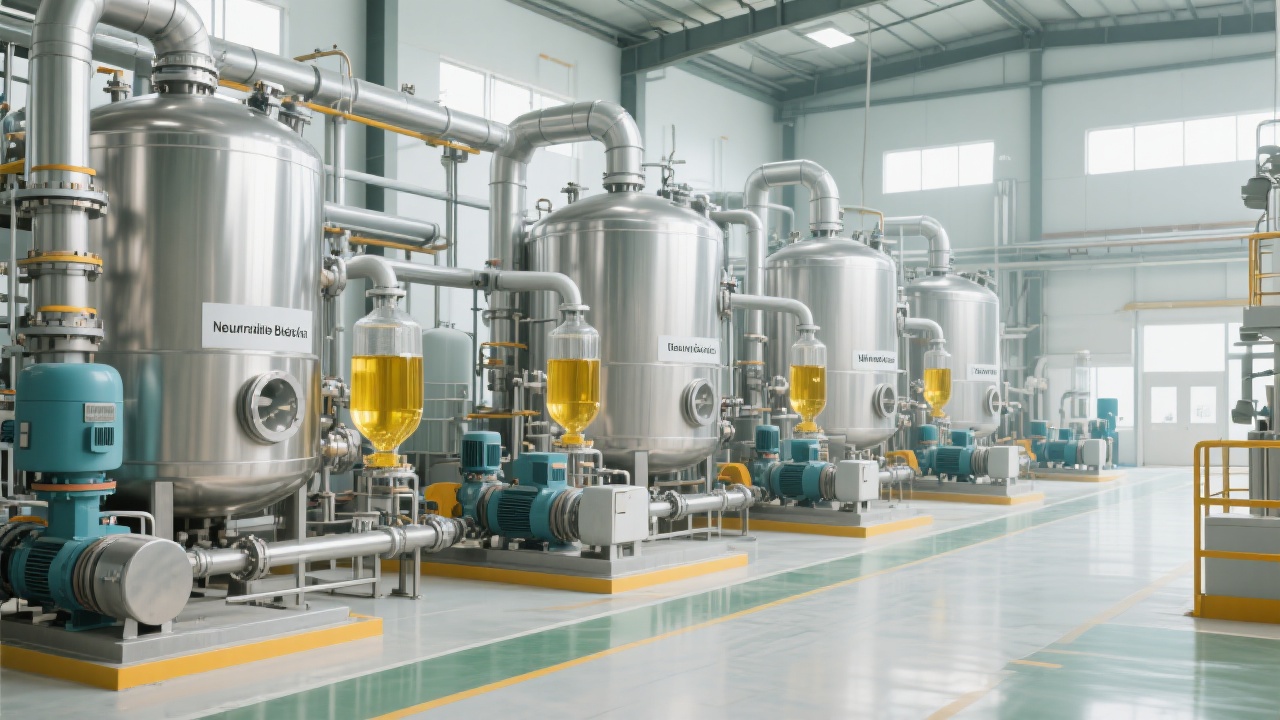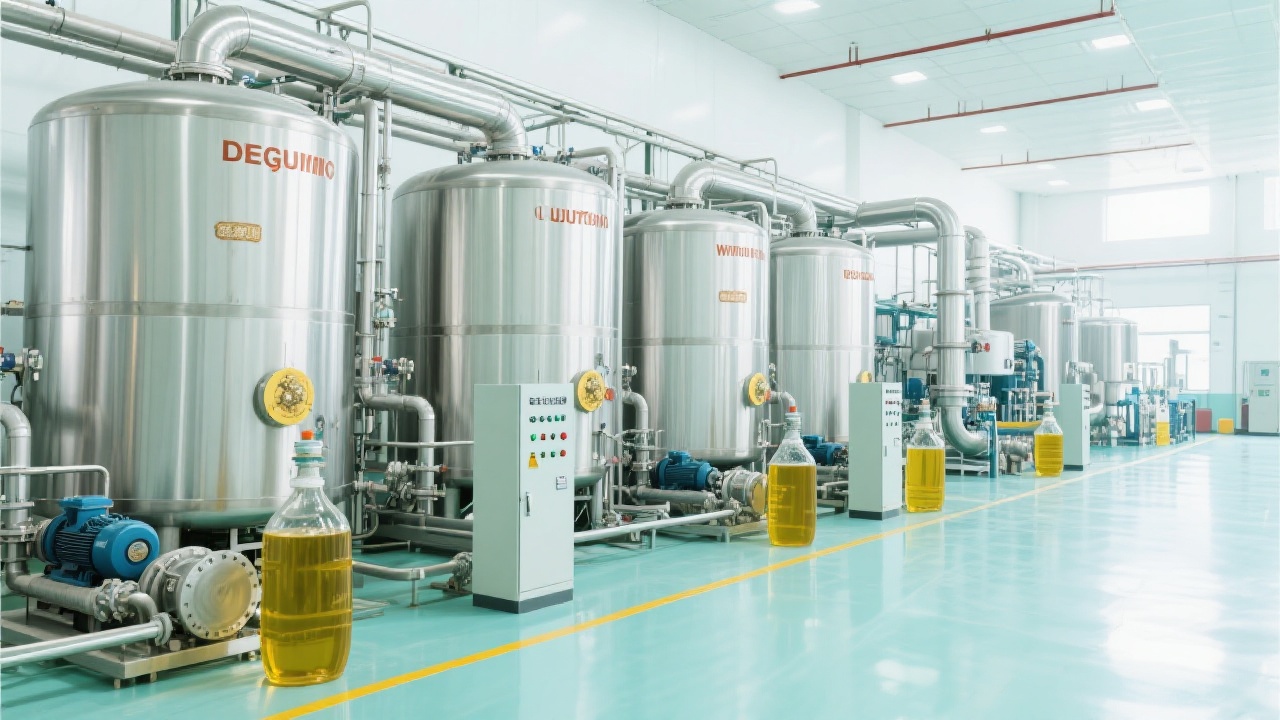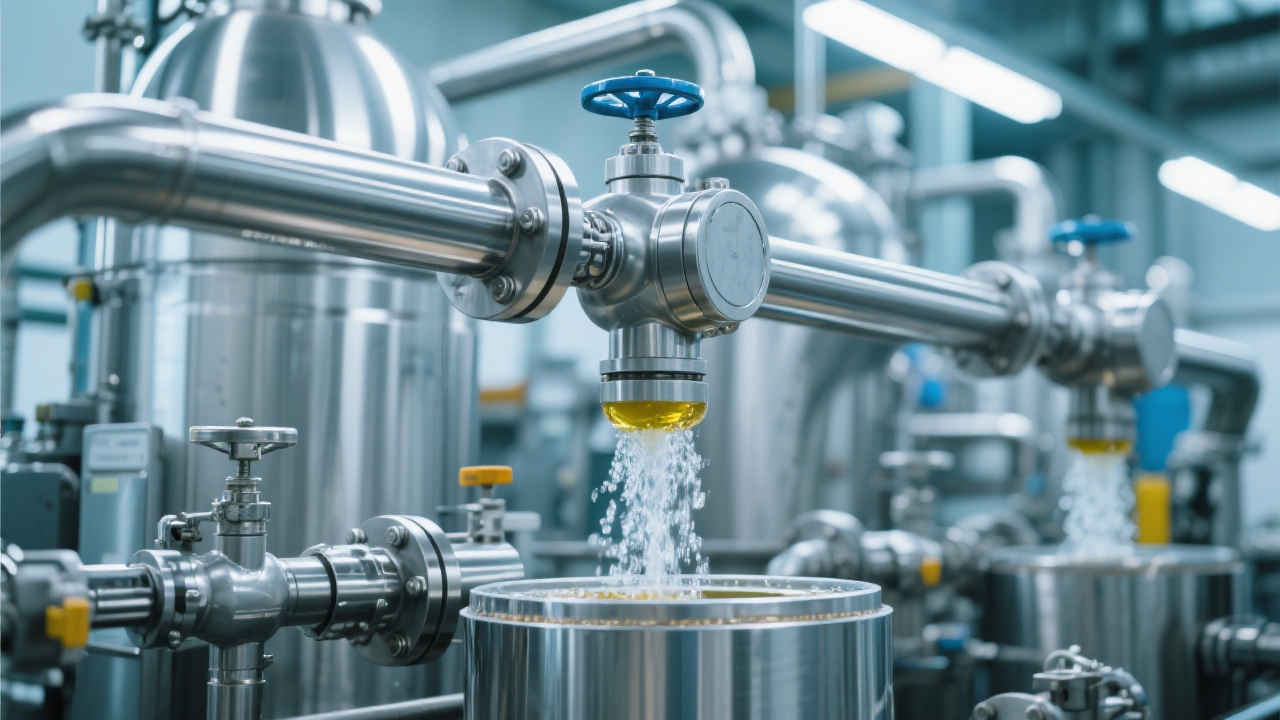
Selecting the optimal degumming equipment for rice bran oil production is a critical step to ensure quality, yield, and compliance with industry standards. This guide walks you through the technical mechanisms behind degumming, compares key methods, and highlights practical considerations crucial for configuring an efficient refining line tailored to your needs.
Degumming is a vital primary refining process that removes phospholipids and other impurities which affect oil stability and quality. By effectively eliminating gums, you optimize downstream processes such as neutralization and bleaching, enhancing final oil clarity and shelf life.
The two dominant degumming techniques for rice bran oil are physical degumming and chemical degumming. Each carries distinct operational principles and implications for oil quality:
| Method | Process Principle | Advantages | Considerations |
|---|---|---|---|
| Physical Degumming | Hydration of phospholipids followed by mechanical separation (centrifugation or filtration) | Low chemical use, less waste, preserves natural micronutrients | May remove less gum in high-phospholipid oils; requires precise control of hydration conditions |
| Chemical Degumming | Adding acids or enzymes to convert gums into water-soluble substances, then separating them | High efficiency in gum removal, suitable for oils with higher impurity content | Increased consumption of reagents, handling of chemical wastes, slightly higher operational complexity |
Choosing between these depends on your raw material characteristics, desired oil specifications, and environmental considerations.
You will encounter several types of equipment engineered for rice bran oil degumming processes, each suited to particular methods:

Investing in the right equipment means understanding not only technical specs but also your plant’s layout constraints and automation compatibility for seamless integration within your refining line.
Leading food processors report that enzymatic degumming can reduce residual phosphorus content by up to 85%, boosting oil purity and extending shelf-life, whereas physical degumming typically achieves ~60-70% removal.

Case studies reveal that operators using water-wash units benefitted from reduced chemical costs but had to account for increased wastewater management. Meanwhile, centrifugal systems demand consistent maintenance to sustain separation efficiency above 95%.
To optimize your process, ensure compliance, and boost yield and quality, weigh these factors carefully:

Remember, the degumming stage cannot be considered in isolation. Ensuring smooth transition to subsequent steps — neutralization, bleaching, deodorization — is key to maximizing efficiency. Equipment interoperability and synchronized controls reduce bottlenecks and improve oil yield by up to 3% compared to disjointed setups.
Ready to elevate your rice bran oil refining process? Discover the best degumming equipment solutions tailored to your needs »

